Home>Furniture & Design>Outdoor Furniture>How To Position Outdoor Security Cameras
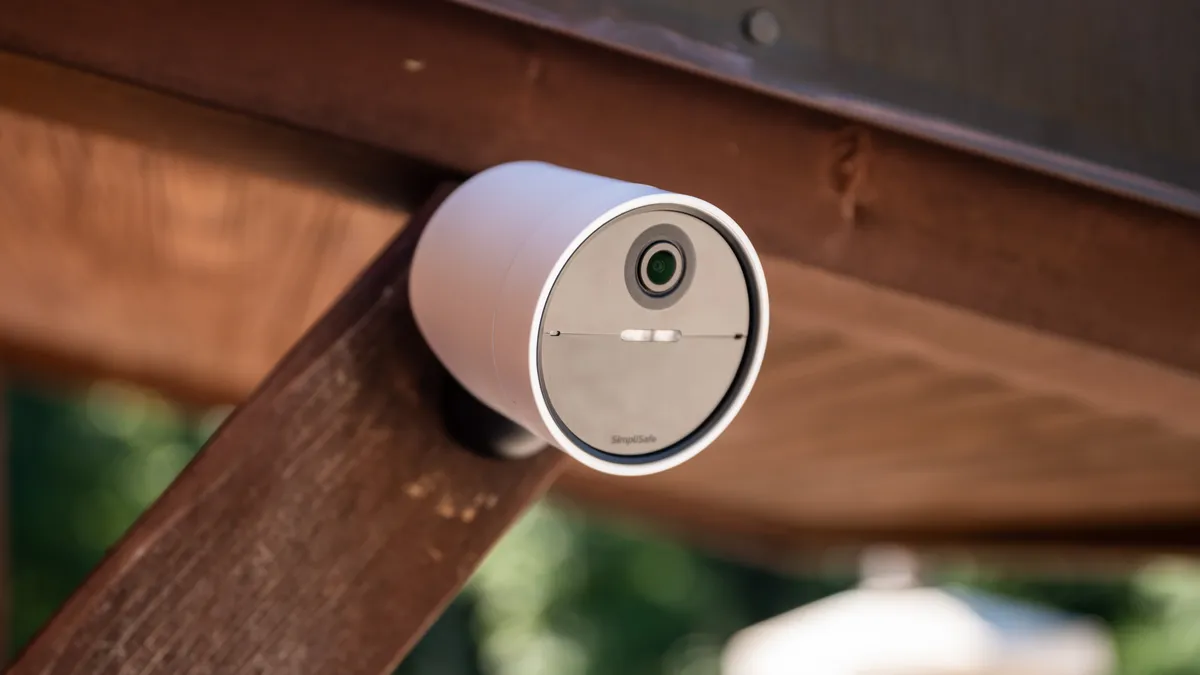

Outdoor Furniture
How To Position Outdoor Security Cameras
Modified: January 24, 2024
Learn how to strategically position outdoor security cameras to protect your outdoor furniture and design. Enhance the security of your outdoor space with these expert tips.
(Many of the links in this article redirect to a specific reviewed product. Your purchase of these products through affiliate links helps to generate commission for Storables.com, at no extra cost. Learn more)
Introduction
Welcome to the world of outdoor security cameras, where technology meets peace of mind. In today’s fast-paced world, it’s essential to keep our homes and businesses safe. Outdoor security cameras are an invaluable tool in achieving this goal, providing a watchful eye over our property day and night. Whether you’re a homeowner looking to safeguard your family and belongings or a business owner aiming to protect your assets, choosing the right outdoor security camera and positioning it effectively is crucial.
With a myriad of options available in the market, it’s important to understand the key factors that contribute to the optimal positioning of outdoor security cameras. From choosing the right location and considering the angle and coverage to ensuring weatherproofing, power source, and connectivity, each aspect plays a vital role in maximizing the effectiveness of your outdoor security system.
In this comprehensive guide, we’ll delve into the intricacies of positioning outdoor security cameras, equipping you with the knowledge to make informed decisions and enhance the security of your property. So, let’s embark on this journey and unravel the art of strategically positioning outdoor security cameras to safeguard what matters most to you.
Key Takeaways:
- Choose the right locations for outdoor security cameras to cover entry points and vulnerable areas, considering lighting, privacy laws, and potential obstructions for comprehensive surveillance.
- Prioritize weatherproofing, select a reliable power source, and establish seamless connectivity for outdoor security cameras to ensure uninterrupted surveillance and enhanced security.
Read more: Where To Position Home Security Cameras
Choosing the Right Location
When it comes to outdoor security cameras, the adage “location, location, location” holds true. Selecting the optimal placement for your cameras is pivotal in ensuring comprehensive coverage and maximum effectiveness. The first step in this process is to identify the key areas of your property that require surveillance. Common locations include entry points such as doors and windows, driveways, backyard, and any other vulnerable areas.
Consider the vantage points that offer the best view of these areas. For instance, positioning a camera at a height that provides a clear line of sight while minimizing the risk of tampering or vandalism is essential. Additionally, take into account potential obstructions such as trees, shrubbery, or architectural features that could hinder the camera’s field of view.
Furthermore, it’s important to assess the lighting conditions in the chosen locations. While some cameras are equipped with night vision capabilities, adequate lighting can significantly enhance the quality of footage. Therefore, selecting areas with sufficient natural or artificial lighting is advantageous.
Another crucial aspect to consider is the local regulations and privacy concerns. Ensure that your cameras do not infringe upon the privacy of your neighbors or passersby. Familiarize yourself with the laws and regulations pertaining to surveillance cameras in your area to avoid any legal implications.
By meticulously evaluating these factors and strategically choosing the right locations for your outdoor security cameras, you can establish a robust surveillance network that effectively safeguards your property.
Angle and Coverage
Once you’ve identified the optimal locations for your outdoor security cameras, it’s essential to focus on the angle and coverage to ensure comprehensive surveillance. The angle at which a camera is positioned plays a pivotal role in capturing the desired footage effectively. Ideally, the camera should be installed at a downward angle to maximize coverage while minimizing the impact of harsh glare or weather elements.
Consider the field of view offered by the camera and adjust its positioning to cover the widest possible area. This may involve testing different angles and heights to achieve the desired coverage. Additionally, take into account potential blind spots and ensure that all crucial areas are within the camera’s field of vision.
Furthermore, consider the focal length and zoom capabilities of the camera to tailor the coverage according to your specific requirements. Some cameras offer adjustable lenses or pan-tilt-zoom functionality, allowing you to customize the angle and coverage based on the unique layout of your property.
It’s also important to factor in the aspect of camera placement in relation to potential obstructions. Avoid positioning the camera in a way that obstructs its view or creates unnecessary visual clutter. Additionally, ensure that the camera is installed at a height that deters tampering and vandalism while offering an unobstructed view of the surveillance area.
By meticulously evaluating the angle and coverage of your outdoor security cameras, you can maximize their effectiveness in capturing vital footage and deterring potential security threats. This strategic approach ensures that your surveillance system provides comprehensive coverage, leaving no area vulnerable to unauthorized access or criminal activity.
Weatherproofing and Protection
Outdoor security cameras are exposed to the elements year-round, making weatherproofing and protection paramount considerations in their installation and maintenance. The durability and resilience of the cameras directly correlate with their ability to withstand varying weather conditions, ensuring uninterrupted surveillance regardless of the climate.
When selecting outdoor security cameras, opt for models specifically designed for outdoor use, featuring robust weatherproof housing that shields the internal components from moisture, dust, and extreme temperatures. Look for cameras with an Ingress Protection (IP) rating, indicating their resistance to water and solid particles. A higher IP rating signifies superior protection against the elements, making the camera suitable for outdoor deployment in diverse weather conditions.
In addition to weatherproof housing, consider installing protective accessories such as sunshades or rain shields to further shield the cameras from direct sunlight, precipitation, and debris. These accessories not only enhance the longevity of the cameras but also contribute to the clarity of captured footage by mitigating the impact of harsh weather elements.
Regular maintenance is also crucial in preserving the functionality and longevity of outdoor security cameras. Periodically inspect the cameras for signs of wear, corrosion, or damage, and promptly address any issues to prevent potential malfunctions. Clean the lenses and housing to remove dirt, grime, and debris that may compromise the camera’s performance or obstruct the field of view.
By prioritizing weatherproofing and protection in the selection and maintenance of outdoor security cameras, you can ensure their reliability and longevity, thereby maintaining a robust surveillance system that remains operational and effective in safeguarding your property under diverse weather conditions.
When positioning outdoor security cameras, make sure to place them high enough to prevent tampering, but low enough to capture facial features. Also, consider the sun’s glare and potential blind spots.
Power Source
Ensuring a reliable power source is a fundamental aspect of effectively positioning outdoor security cameras. The chosen power supply not only influences the installation flexibility but also impacts the continuous operation of the cameras, thus directly affecting the surveillance capabilities of the system.
When considering the power source for outdoor security cameras, several options are available, each with its own set of advantages and considerations. Hardwired cameras are directly connected to the electrical grid, offering a consistent and uninterrupted power supply. This eliminates the need for battery replacements or recharging, ensuring continuous surveillance without the risk of power outages affecting the cameras’ functionality.
Alternatively, battery-powered cameras provide greater installation flexibility, allowing placement in areas where access to a power outlet is limited or impractical. These cameras are often equipped with rechargeable batteries, offering a convenient and portable power solution. However, regular monitoring of the battery levels is essential to prevent interruptions in surveillance due to depleted power.
Solar-powered cameras present an eco-friendly and cost-effective power source, harnessing solar energy to charge the integrated batteries. This sustainable approach not only reduces the environmental impact but also offers extended operational capabilities, especially in areas with ample sunlight. However, it’s crucial to consider the local climate and sunlight exposure to ensure consistent solar charging throughout the year.
Whichever power source you choose, it’s imperative to factor in the maintenance requirements and the potential impact of power outages on the surveillance system. Additionally, consider the scalability of the power source to accommodate future expansions or modifications to the outdoor security camera network.
By carefully evaluating the available power source options and aligning them with your specific requirements, you can establish a robust and reliable power infrastructure for your outdoor security cameras, ensuring uninterrupted surveillance and enhanced security for your property.
Read more: How To Hide An Outdoor Security Camera
Connectivity
Seamless connectivity is a critical component in maximizing the effectiveness of outdoor security cameras, enabling real-time monitoring, remote access, and data storage. The chosen connectivity options directly influence the accessibility and functionality of the surveillance system, shaping the overall security capabilities of the property.
When evaluating connectivity for outdoor security cameras, consider the available options such as Wi-Fi, Ethernet, or cellular connectivity. Wi-Fi-enabled cameras offer convenient installation and flexibility, allowing wireless communication with the network. However, it’s essential to ensure reliable Wi-Fi coverage in the camera’s vicinity to prevent connectivity issues and signal disruptions.
Ethernet-connected cameras provide a stable and secure network connection, ideal for areas with consistent wired network infrastructure. This wired approach ensures reliable data transmission and minimizes the impact of potential wireless interference, enhancing the overall stability of the surveillance system.
Cellular-connected cameras offer unparalleled flexibility, enabling surveillance in remote locations or areas with limited network infrastructure. By leveraging cellular networks, these cameras provide continuous connectivity, independent of local Wi-Fi or Ethernet availability, making them suitable for diverse deployment scenarios.
Furthermore, consider the integration of cloud storage or local storage options for the captured footage. Cloud-based storage offers centralized and secure data retention, facilitating remote access and backup capabilities. On the other hand, local storage solutions, such as microSD cards or network-attached storage (NAS) devices, provide an on-site data repository, offering greater control over the footage and minimizing reliance on external services.
It’s crucial to assess the scalability and security implications of the chosen connectivity options, ensuring that the surveillance system can accommodate future expansions and adhere to stringent data protection standards. Additionally, prioritize encryption and authentication measures to safeguard the integrity and confidentiality of the transmitted data.
By carefully considering the connectivity options and storage solutions for outdoor security cameras, you can establish a robust and accessible surveillance network, empowering you to monitor and protect your property with enhanced efficiency and peace of mind.
Conclusion
Positioning outdoor security cameras is a strategic endeavor that demands careful consideration of various factors to ensure optimal surveillance and protection. By choosing the right locations, assessing the angle and coverage, prioritizing weatherproofing and protection, selecting a reliable power source, and establishing seamless connectivity, you can create a robust surveillance network that fortifies the security of your property.
Effective positioning of outdoor security cameras involves a meticulous balance of technical considerations and practical insights. It’s not merely about installing cameras; it’s about orchestrating a comprehensive security ecosystem that bolsters the safety and well-being of your home or business.
As technology continues to evolve, outdoor security cameras are becoming increasingly sophisticated, offering advanced features and capabilities that enhance their effectiveness. Embracing these innovations while adhering to fundamental principles of surveillance positioning empowers you to stay ahead of potential security threats and proactively safeguard your surroundings.
Ultimately, the art of positioning outdoor security cameras transcends the realm of mere hardware installation; it embodies a proactive approach to security, a commitment to vigilance, and a dedication to protecting what matters most to you. By embracing this holistic perspective and leveraging the insights shared in this guide, you can elevate the security of your property and enjoy the peace of mind that comes with a well-positioned outdoor security camera system.
Frequently Asked Questions about How To Position Outdoor Security Cameras
Was this page helpful?
At Storables.com, we guarantee accurate and reliable information. Our content, validated by Expert Board Contributors, is crafted following stringent Editorial Policies. We're committed to providing you with well-researched, expert-backed insights for all your informational needs.
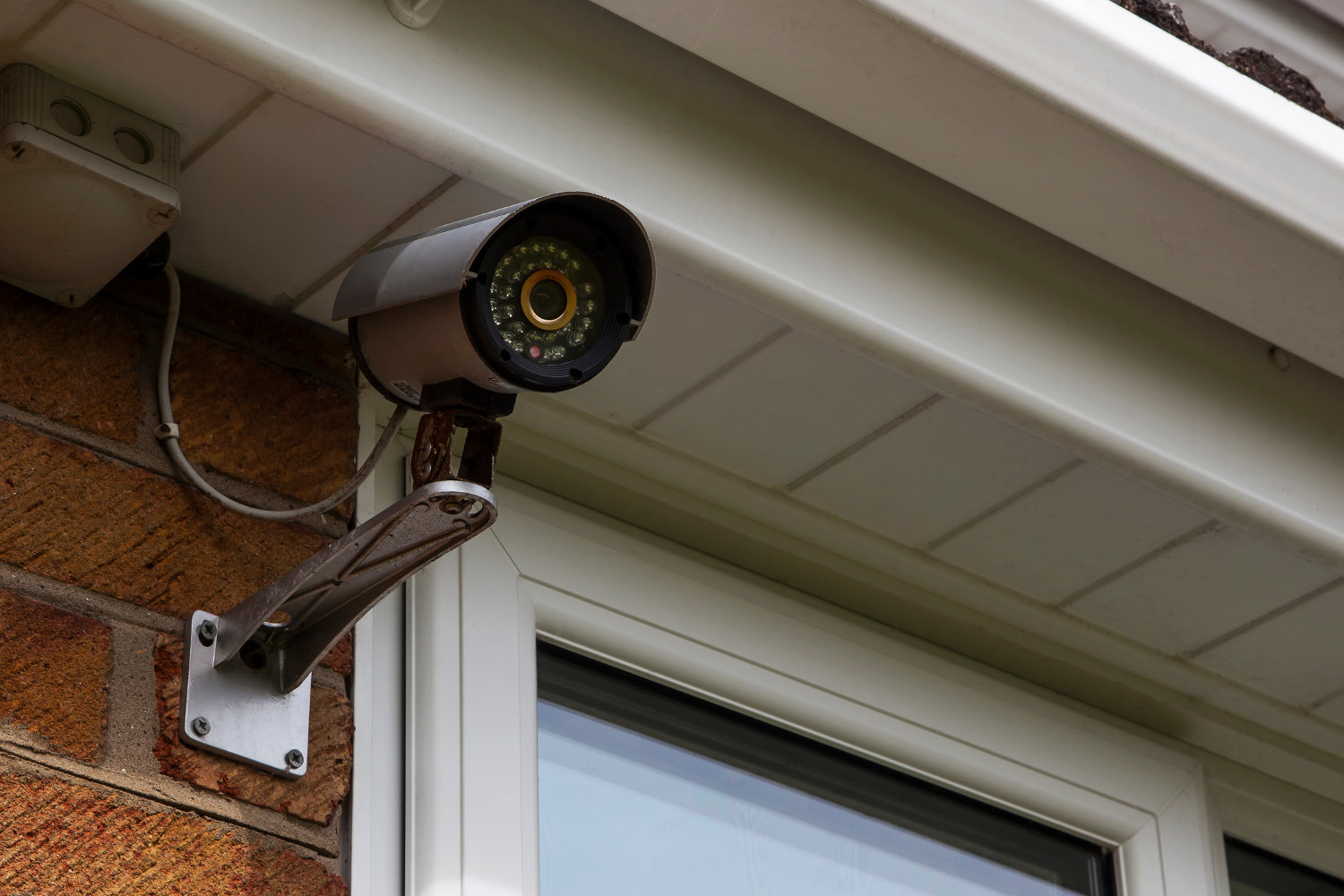
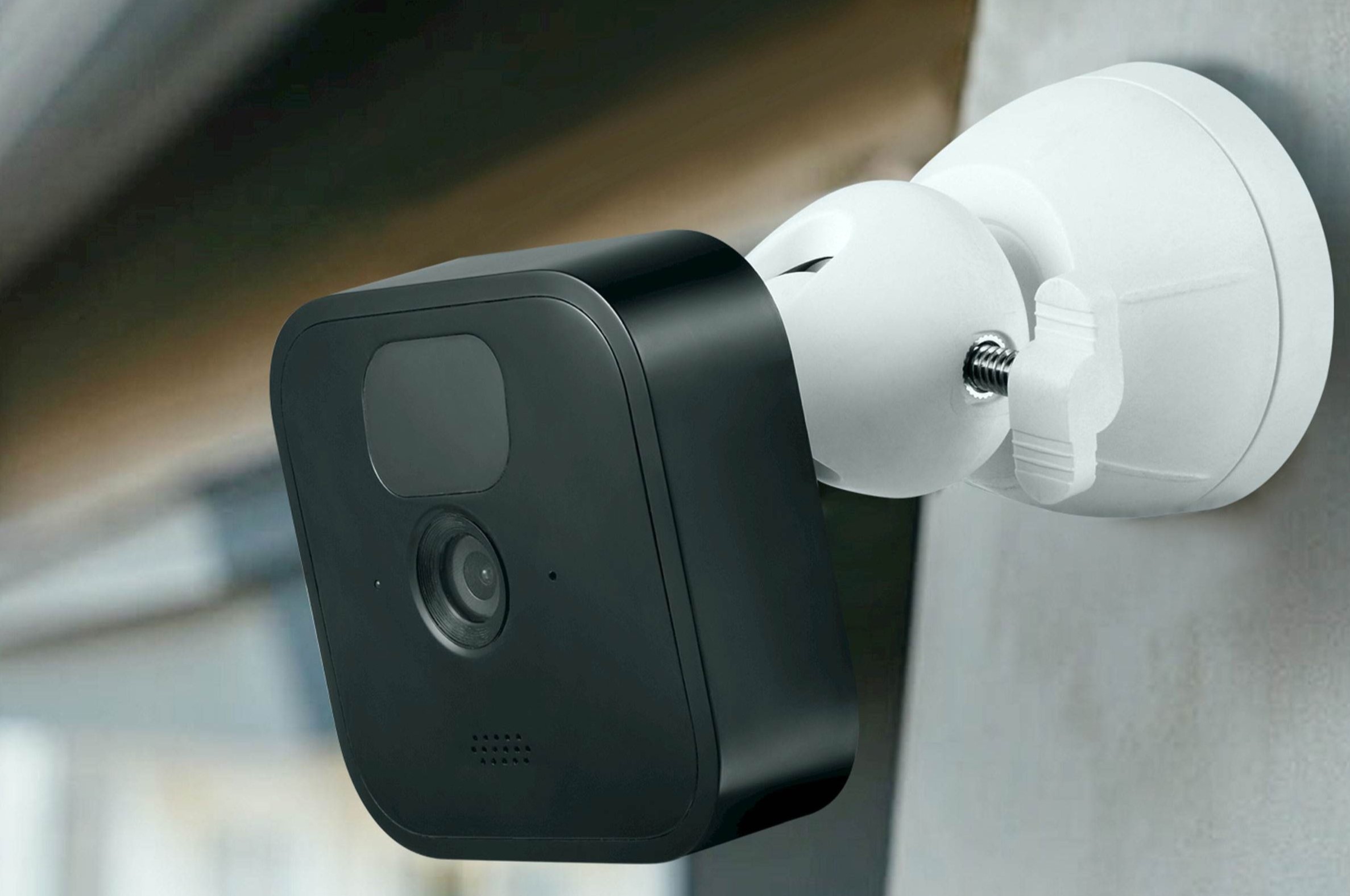
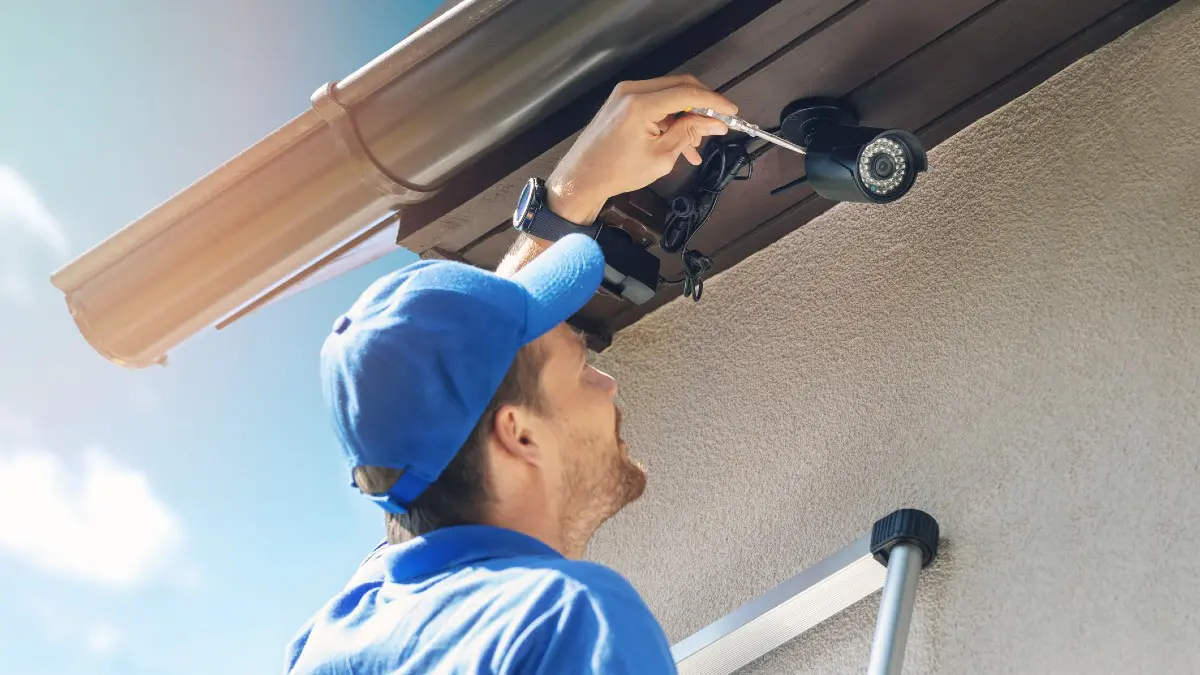
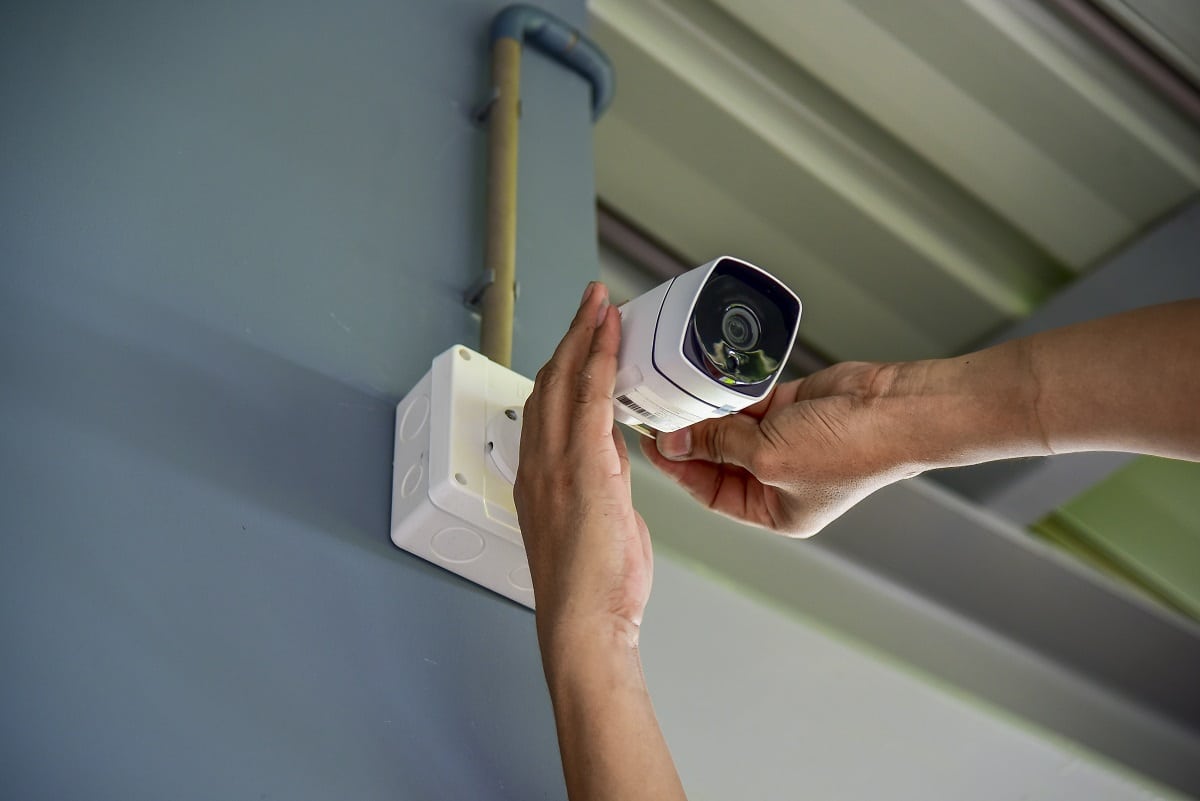
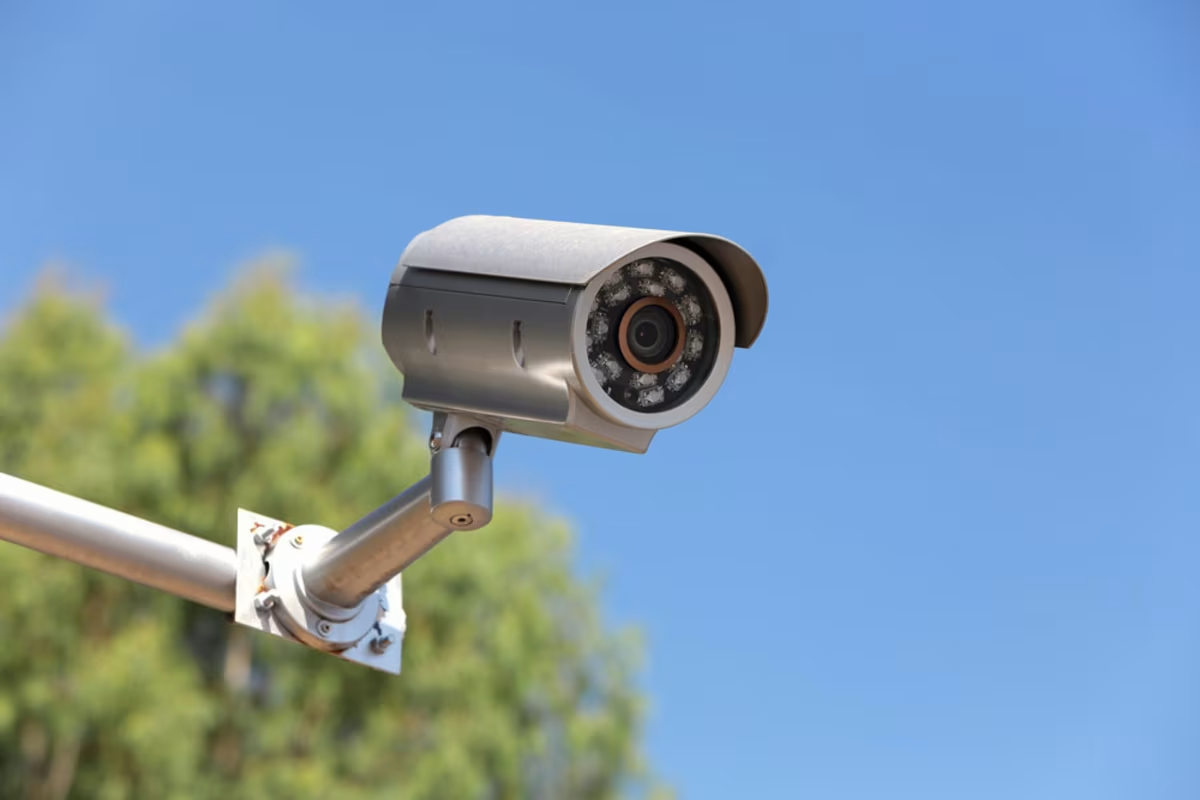
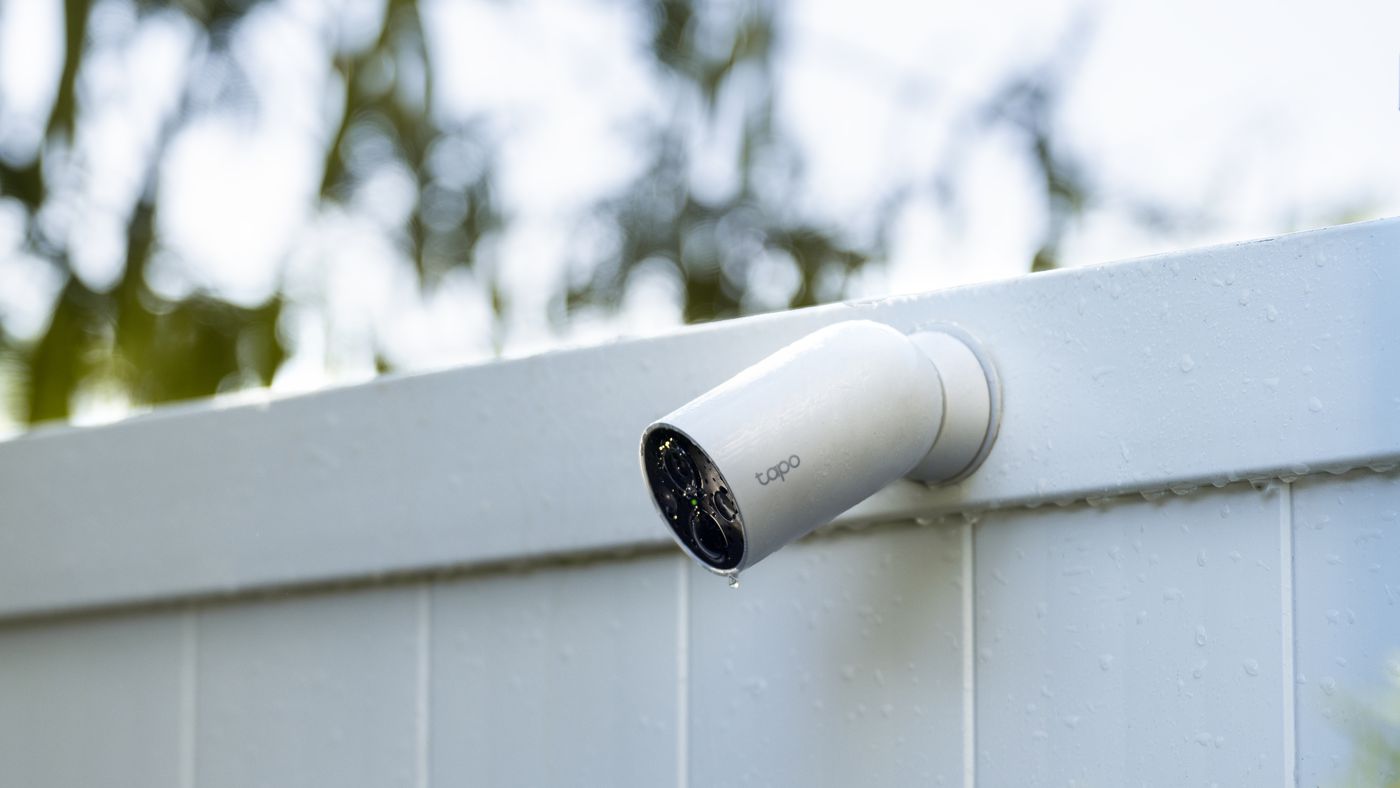
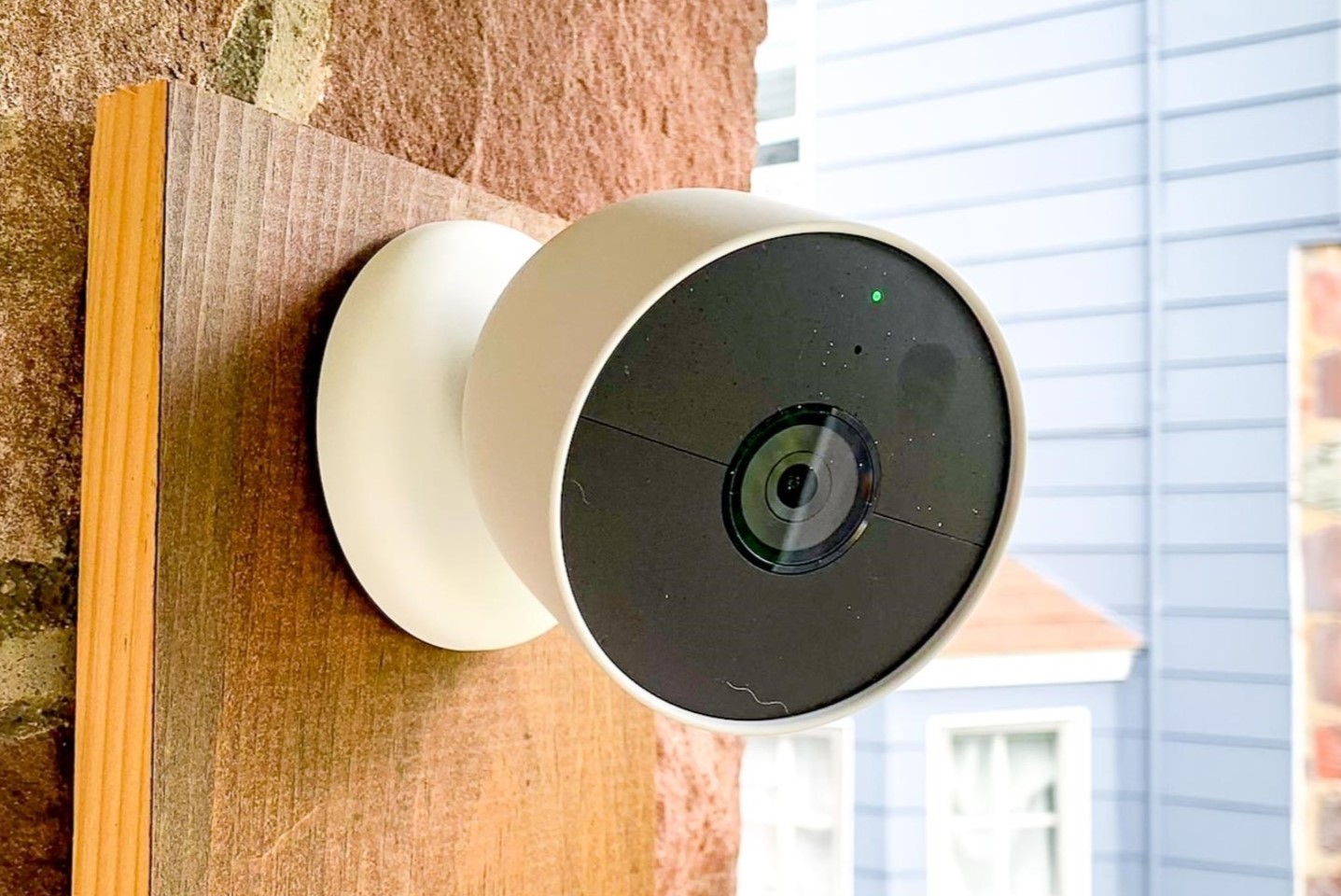
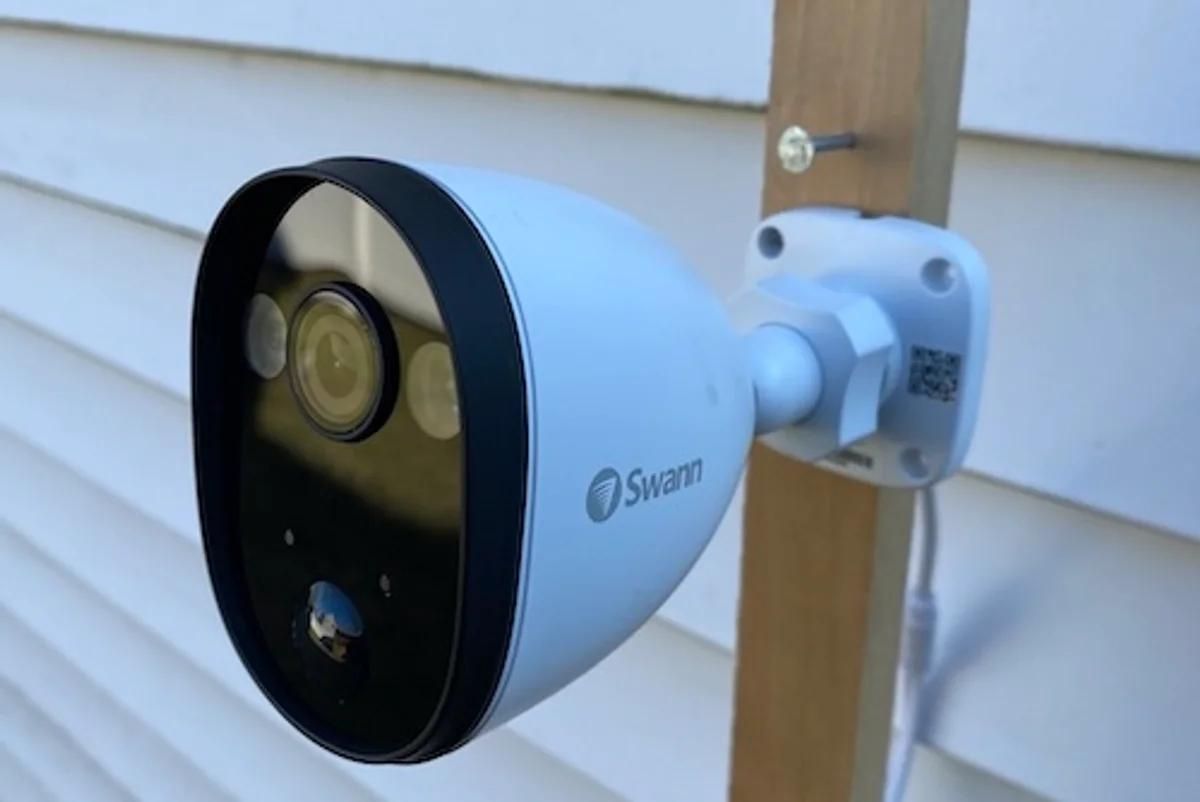
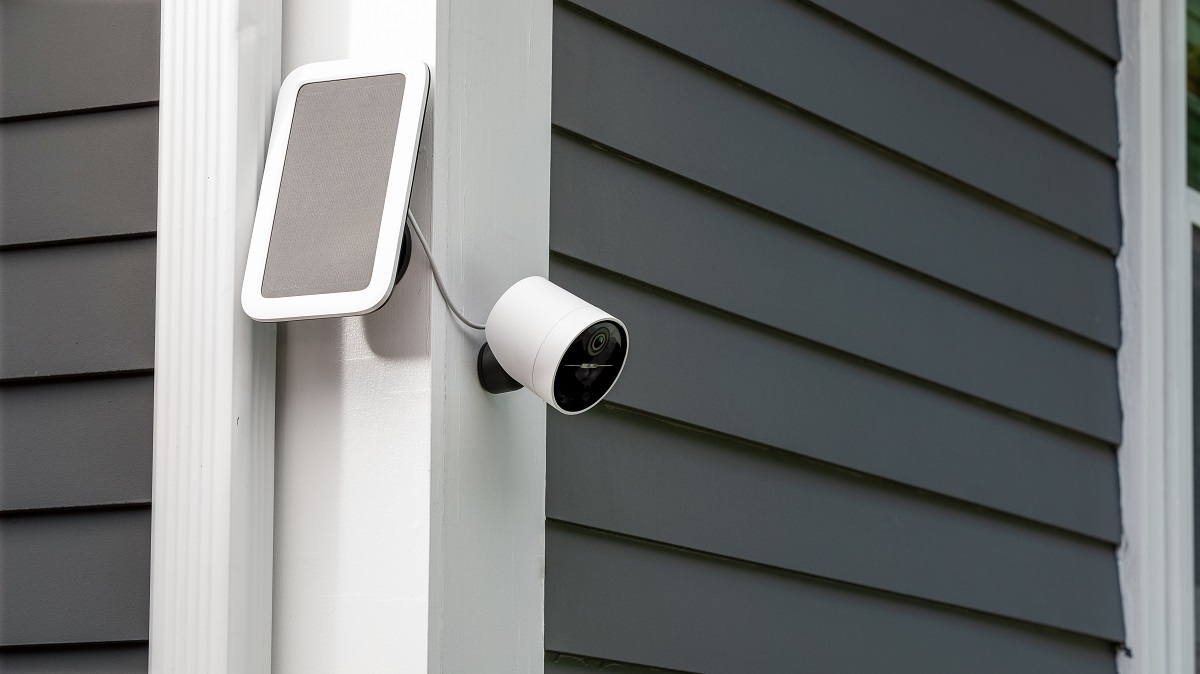
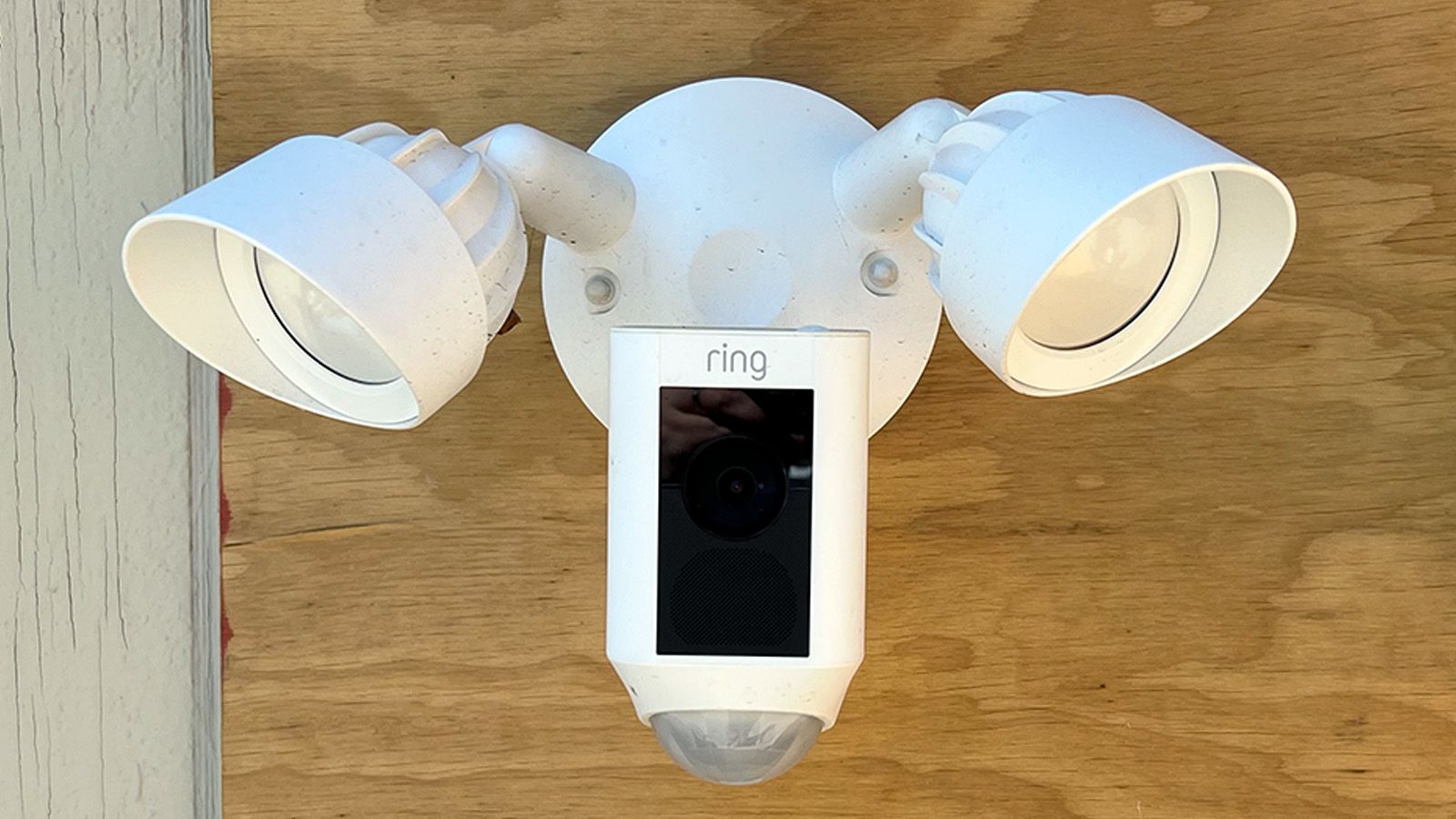
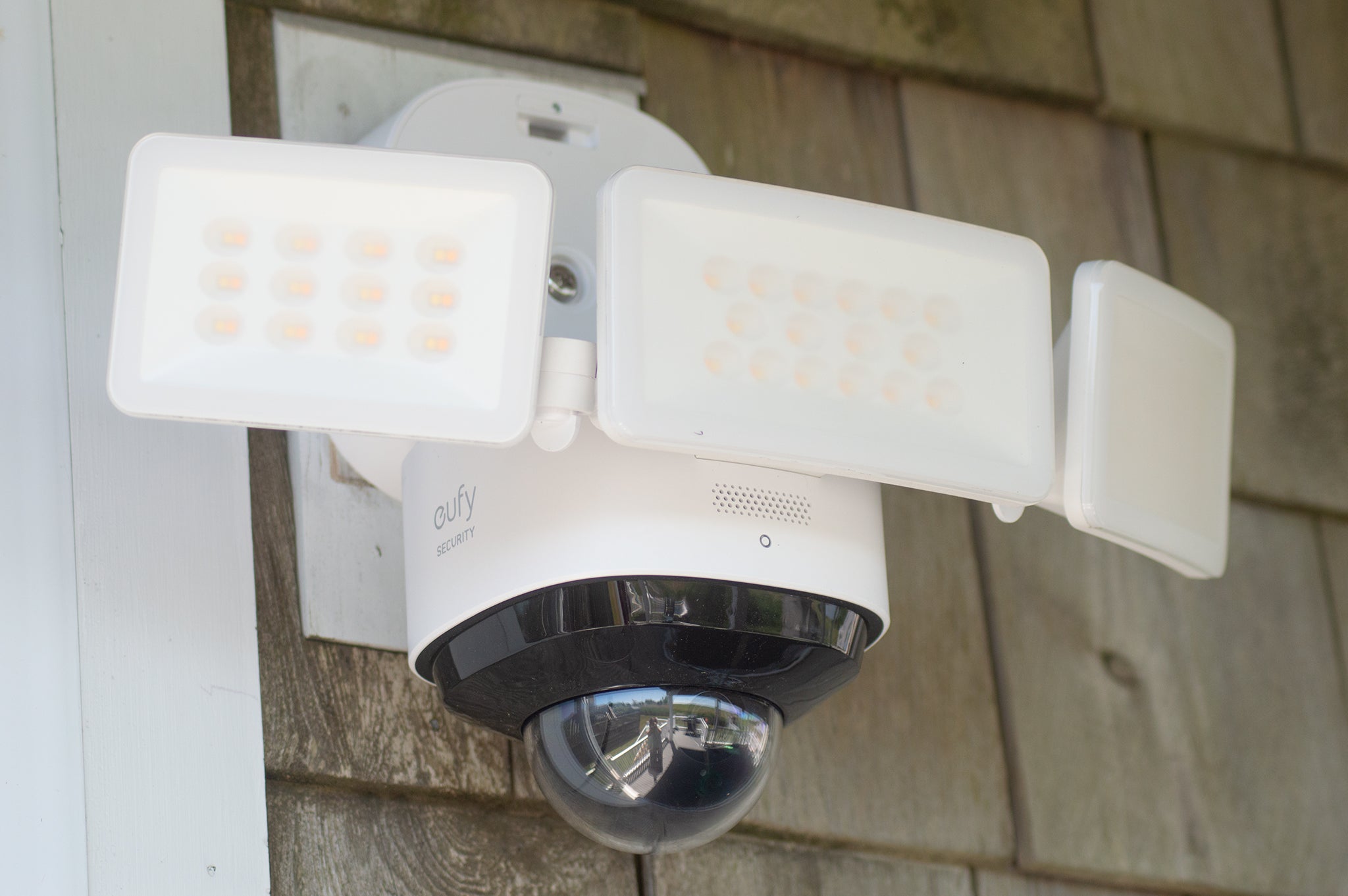

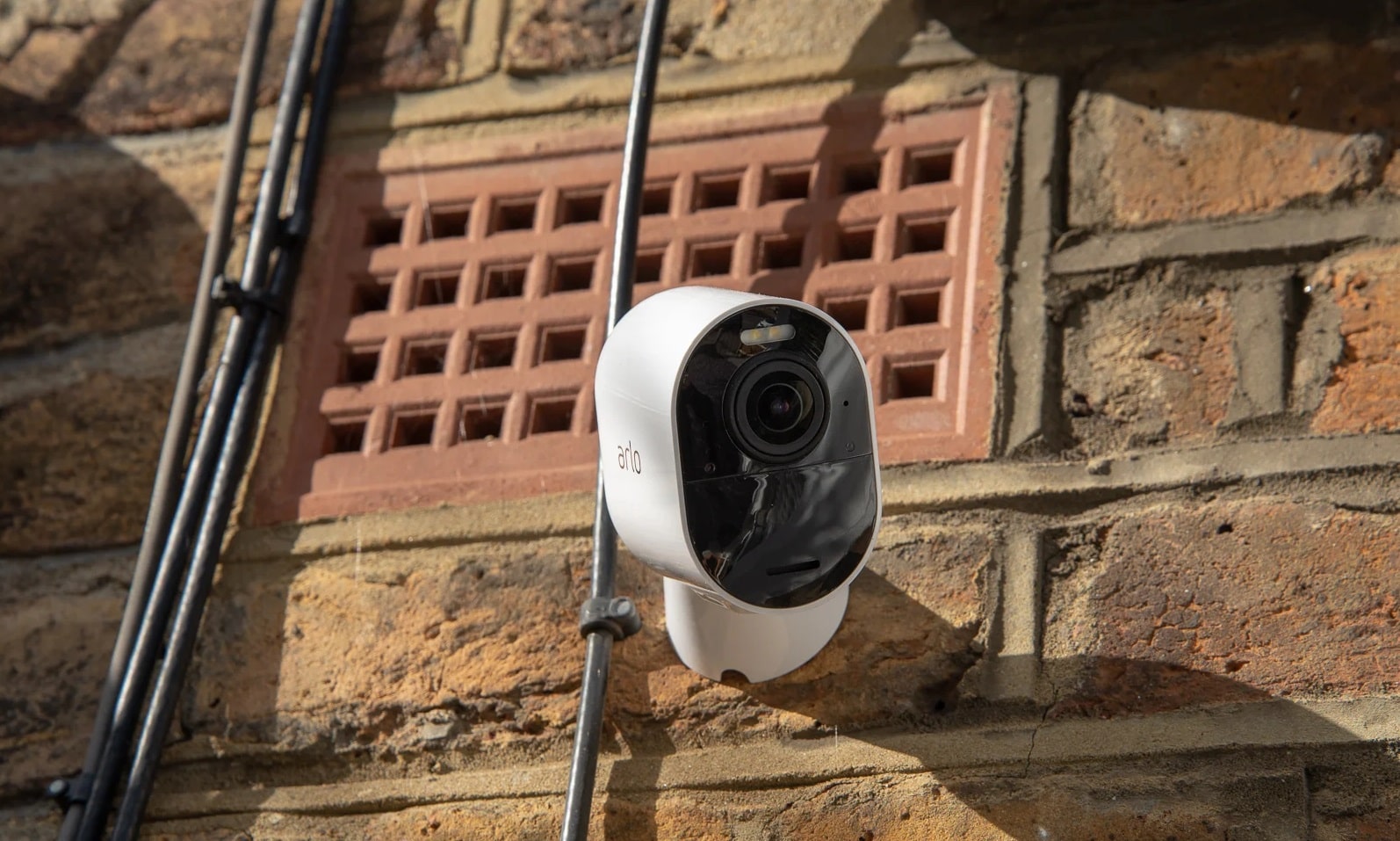
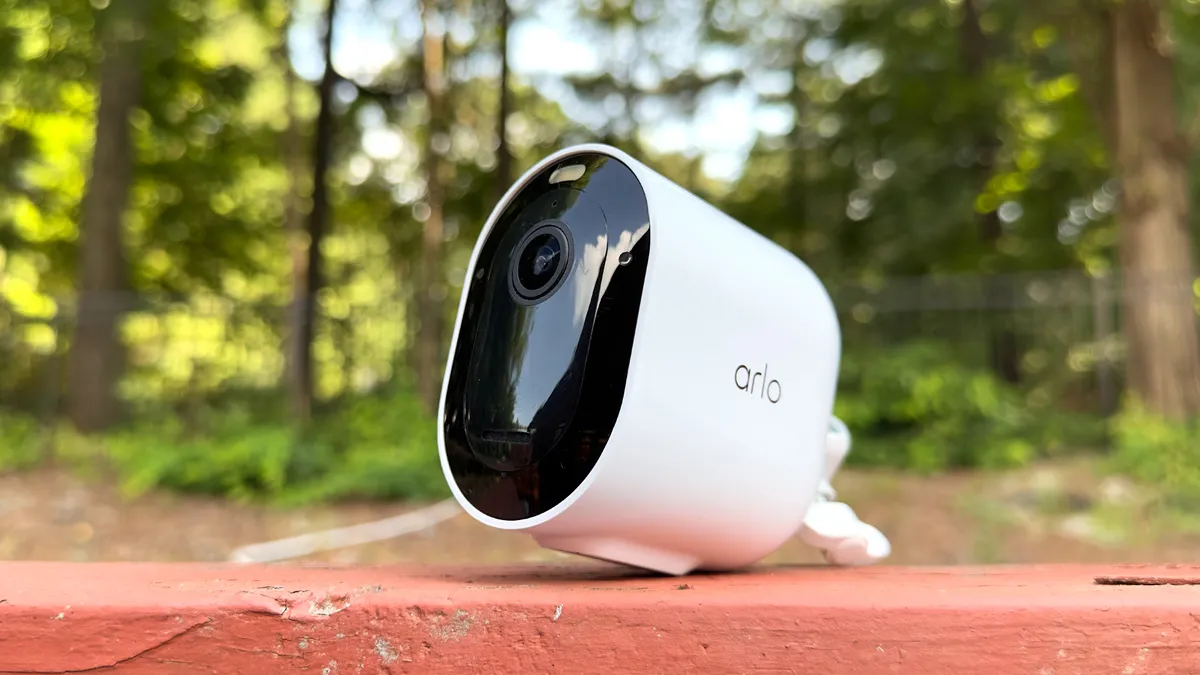

0 thoughts on “How To Position Outdoor Security Cameras”